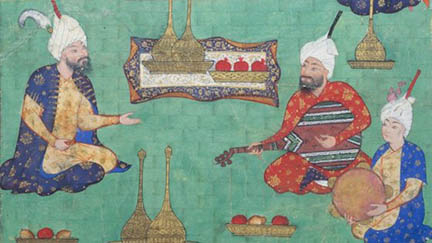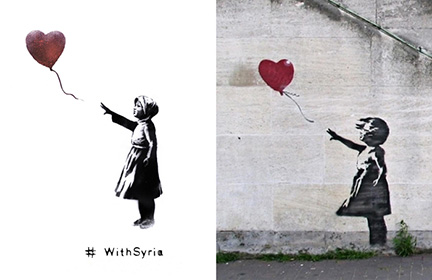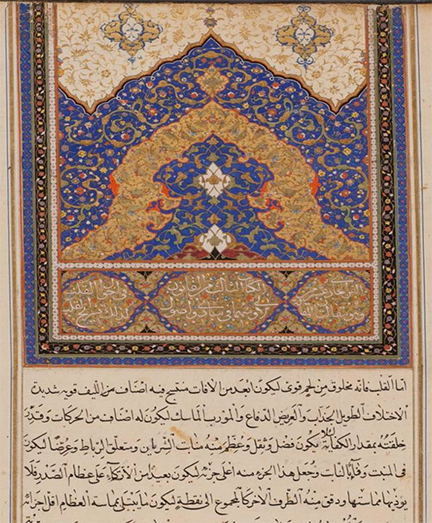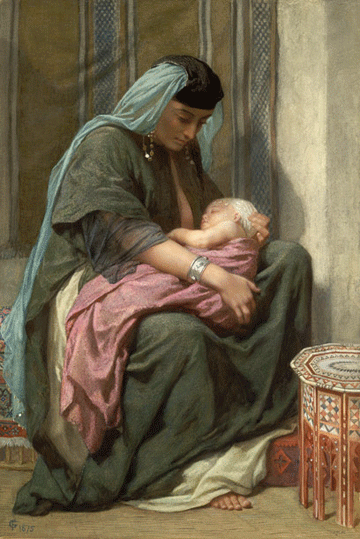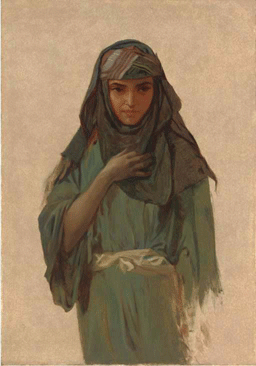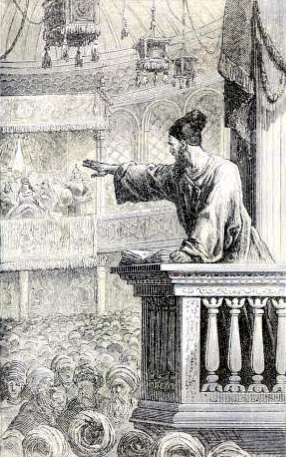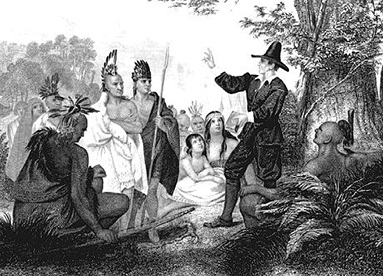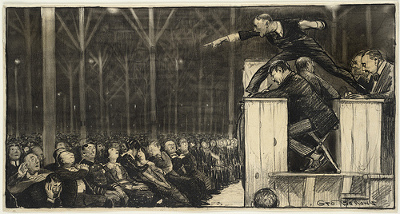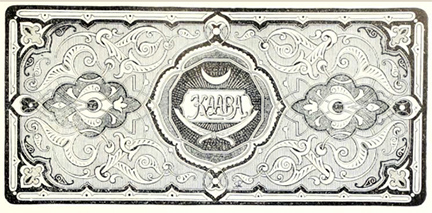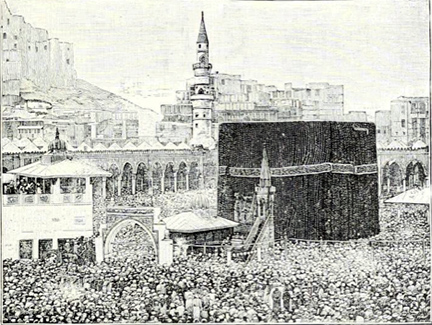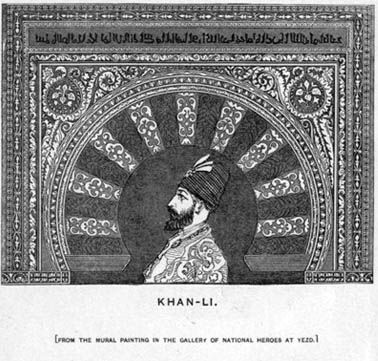
There was a time when “Oriental Tales” were the rage of the age. Montesquieu penned Lettres Persanes in 1721 and Oliver Goldsmith followed up several decades later with The Citizen of the World. But I recently came across a late 19th century text about a future visit of a Persian Prince and Admiral to the ruins of a land known as Mehrica. This is The Last American and purports to be the journal of Khan-Li, a rather bizarre name for a Persian but so thoroughly Orientalist in mode. The Introduction to the text was provided in a previous post.
It is quite apt that the epigraph for the book is a dedication to “the American who is more than satisfied with himself and his country.”
Given the recent “Occupy Wall Street” interest, here is a century old look at what it might have been in ruins…
Continue reading Tabsir Redux: The Last American, #2

